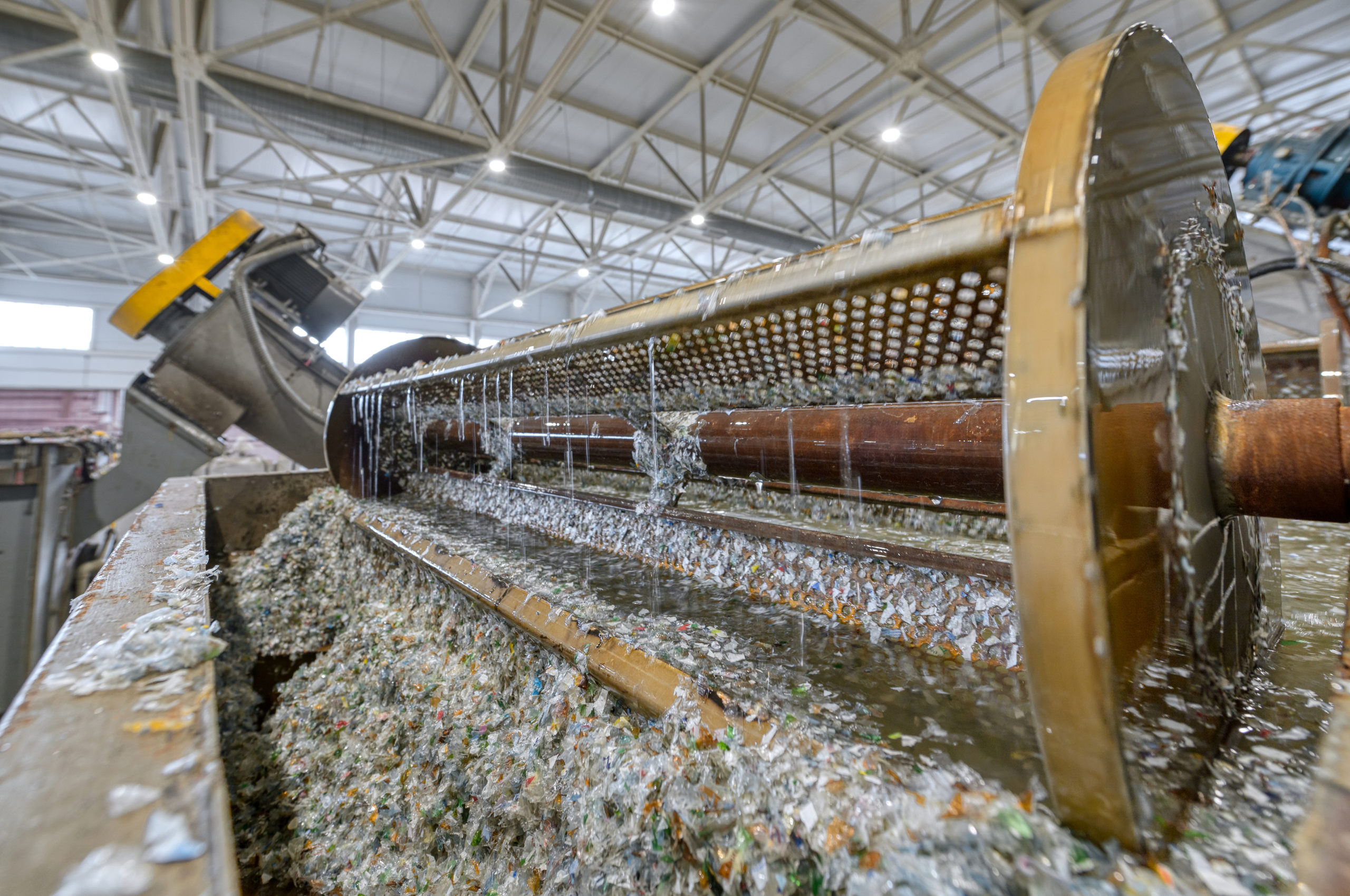With 2021 receding in our rearview mirrors, it’s a good time to consider what we can do to affect the coming year’s recycling activities. It is also a good time to assess our sustainable business practices. From a financial perspective, it’s true that past performance is no guarantee of future results. But past performance should be considered when deciding the likely landscape of what’s to come. So, let’s begin by taking a last, quick, glance over the past 12 months.
What are the Most Commonly Recycled Commodities my Sustainable Business Should Consider?
Generally, the most commonly recycled industrial/commercial commodities saw higher demand which translated into increased value. A few examples are below:
- Cardboard has risen, steadily, nearly three-fold from about $60 per ton a year ago, settling down at about $160 in December.
- Rigid plastics like PET bottles and jars experienced a jump from 6.25-cents settling at about 18-cents per pound.
- Natural high-density polyethylene nearly doubled from $0.63 to just over $1.00 per pound.
- Stretch film (pallet wrap) has seen what amounts to a 100% increase in value from about 8.5-cent per pound to nearly 21-cents per pound, which equates to $420 per ton.
Admittedly these are averages with geographical differences and logistics affecting prices. But the trend in recycled packaging has decidedly been trending upward through 2021. Whether these and other industrial byproducts will continue this trajectory is unknown. If we take a step back from the transactional dollars and cents and examine the broader context in which we see these increases, we may be able to decide what’s best for our individual plant operations and facilities.
How have Sustainable Practices within Business Become More Important in Recent Generations?
Sustainability is here to stay. With Millennials now constituting the largest share of the consumer segment (and Gen-Z following right on their heels), the pressure these groups are putting on manufacturers – from automobiles to chicken nuggets – to deliver on environmental commitments has never been greater. This includes recycling. Global consumer packaged goods (CPG) companies recognize this and annually report their use of recycled content. One can reasonably conclude that demand for post-consumer and post-industrial/pre-consumer packaging will likely continue to increase.
If you’re reading this, you’re probably already overseeing a robust recycling operation in your plant’s operations. The question you may want to pose to yourself, and your colleagues, is “what can we do to take our program to the next level?” This could be quantitative, i.e., increase the number of discards we are currently recycling; or it may be qualitative, “how can we increase revenues for the byproduct we already recycle?”Next month we’ll take a closer look at some of these. In the meantime, if you have some thoughts or suggestions on how your plant operations have approached these or related questions, please let me know at k.malloy@cumberlandrecycling.co. Or you can visit our website https://www.cumberlandrecycling.co/.

